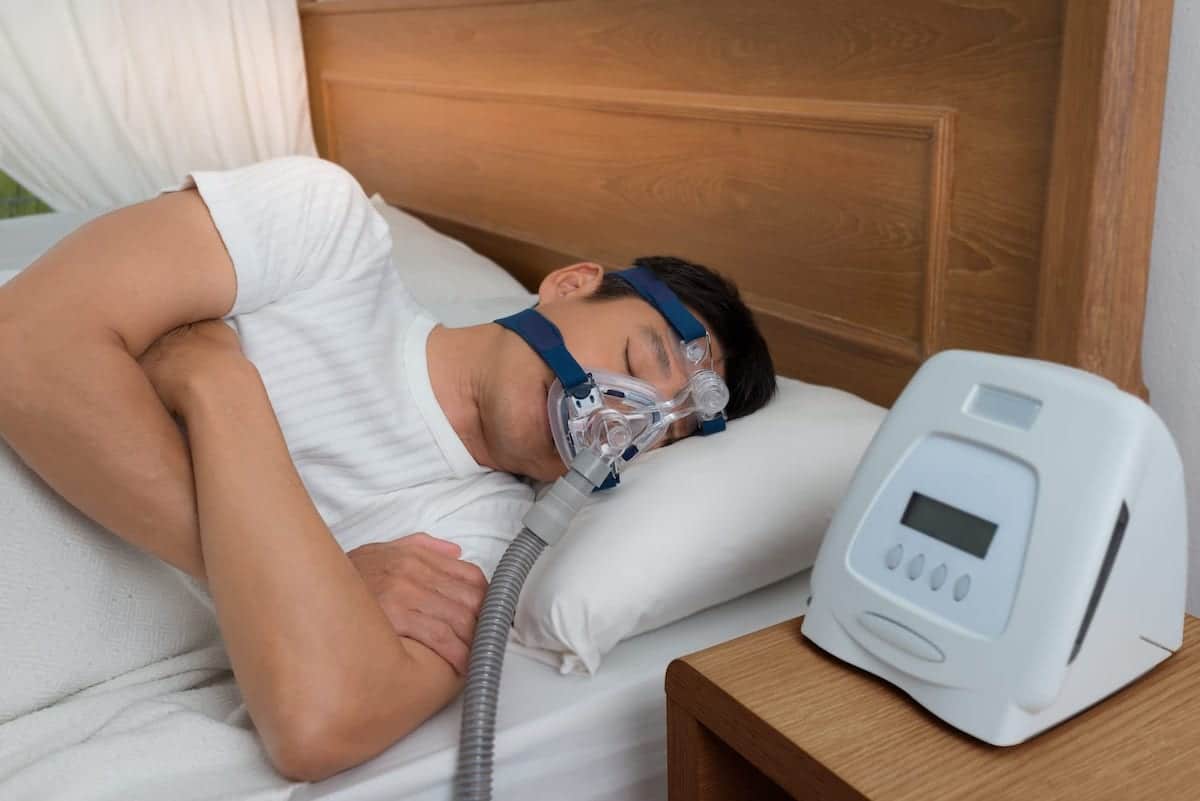Table of Contents
Having a good night’s rest while suffering from sleep apnea is nearly impossible. The shallow erratic breaths, mouth breathing, and extremely loud snoring make it difficult to get quality sleep. People who deal with this medical condition, are advised to look for a quality CPAP machine, as it is a great remedy for sleep apnea. You can find a CPAP machine for sale online, but ensure the seller is trusted.
However, sleeping with an oxygen concentrator isn’t exactly convenient, especially for those who are new to using these machines. Sleeping with a mask strapped around your face could take some getting used to. So, we have some effective tips that could help you sleep comfortably when using one of these machines to improve your breathing.
Here are 5 helpful tactics that make it easier for you to adjust when wearing oxygen at night.
1. Exercise during the day
Exercises are proven to generally improve breathing by strengthening your respiratory system. A few minutes of exercise each day can help you sleep longer and better during the day, and even at night. So, in addition to searching for the best BiPAP machines for sale and making a purchase, you also need to exercise daily.
Try walking, jumping jacks, cycling, and other aerobic exercises for at least ten minutes a day. However, you’ll only see results when you exercise regularly, so be patient.
2. Sleep on your side
Everybody has an established sleep position: the one that feels most convenient for them when they go to bed. But for people sleeping with an oxygen concentrator, the side position is the best and most convenient. Why? It prevents the effects of gravity from collapsing your airway.
Sleeping on your side is also a good position for keeping your mask on all night. It prevents obstruction and reduces inconveniences when you need to make a turn. However, an oxygen concentrator with a nasal pillow mask still remains a more convenient option if you intend to sleep on your side while wearing oxygen.
3. Wear it more often
Practice birth perfection and this extends to wearing oxygen at night. Do not restrict wearing your masks to your bedtime only. Instead, put it on for a couple of hours, especially before bed.
Wearing your oxygen often helps you adjust to the new norms more quickly. So, when you’re reading a book or engaging in any activity that doesn’t involve verbal communication, put on your oxygen mask.
4. Practice some airway clearance techniques before bed
Airway clearance techniques are important if you want to maintain your oxygen levels when you sleep. These techniques help clear mucus and other obstructions that make it difficult for you to get a good night’s rest. After dinner, or any other meal during the day, drink enough water and then practice deep coughing, huff coughing, and the autogenic drainage technique.
These techniques also require practice and subtlety to avoid hurting yourself.
5. Avoid carbonated drinks at night
Carbonated beverages do not only contain caffeine that could keep you up all night, but they also produce gas that applies pressure on your diaphragm and makes it difficult for you to breathe. It is advisable that you stay away from carbonated beverages, but if you may take them, avoid having them at night.
Conclusion
Sleep apnea can be difficult to deal with, but you can cope better using these tips. It is also important that you use your oxygen concentrator every night, this will help you get familiar with it very quickly.
Featured Image Credit: SleepFoundation.org


